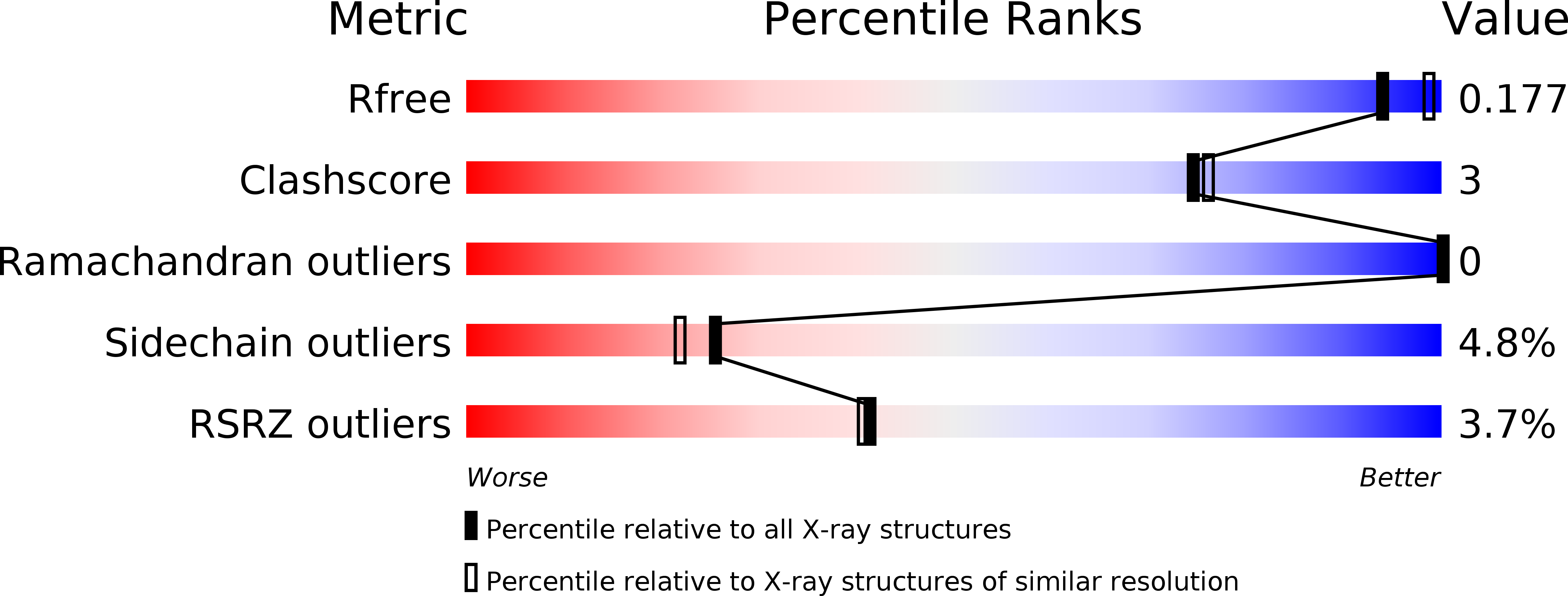
Deposition Date
1999-01-29
Release Date
1999-05-27
Last Version Date
2023-12-27
Entry Detail
PDB ID:
2DHQ
Keywords:
Title:
3-DEHYDROQUINATE DEHYDRATASE FROM MYCOBACTERIUM TUBERCULOSIS
Biological Source:
Source Organism:
Mycobacterium tuberculosis H37Rv (Taxon ID: 83332)
Host Organism:
Method Details:
Experimental Method:
Resolution:
2.00 Å
R-Value Free:
0.19
R-Value Work:
0.14
Space Group:
F 2 3


